Electric vehicle batteries must be carefully managed after use to prevent them from harming the environment. The solution to this problem can be "battery recycling" and "battery reuse" if the battery cells are carefully processed. This opens a platform where automobile and electric vehicle manufacturers can extract precious metals and other materials through an efficient battery recycling process.
NEW DELHI: While electric vehicles are expected to bring a 'green future', this also has a cost associated with it. The cost here refers to the hazardous vehicle waste remaining after a typical full use of an electric vehicle. Electric vehicle batteries must be carefully managed after use to prevent them from harming the environment.
The solution to this problem can be "battery recycling" and "battery reuse" if the battery cells are carefully processed. This opens a platform where automobile and electric vehicle manufacturers can extract precious metals and other materials through an efficient battery recycling process.
According to a McKinsey report, battery production waste is expected to exceed 800,000 tons by 2030, while end-of-life battery waste is expected to exceed 1,100 tons annually by 2030.
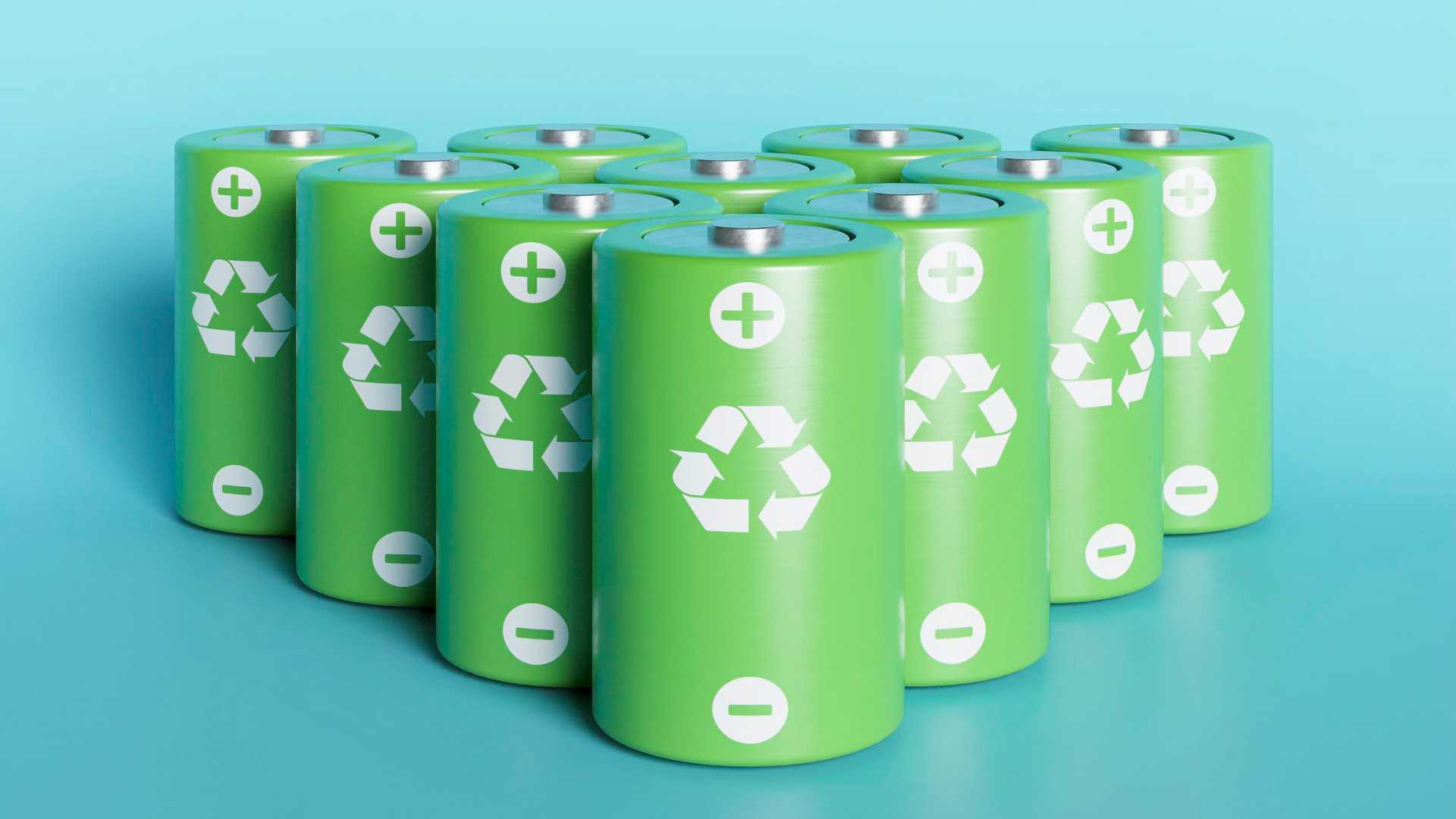
Battery recycling process
The process of recycling a lithium battery using precise procedures to extract valuable materials is known as lithium-ion battery recycling. It is estimated that the lithium-ion battery used in electric vehicles lasts between 10 and 15 years; However, they can differ in several aspects, including battery quality, usage, battery care, and more. With advances in technology, there is hope to extend the life of an electric vehicle battery.
Once the useful life of a lithium-ion battery has expired, it can be recycled and excess material removed. In India, companies like Lohum, Tata Chemicals, Attero, Metastable, and a few others have established their businesses in recycling lithium-ion batteries.
Battery recycling is typically done by first collecting the lithium-ion (LiB) batteries used in electric vehicles, pre-treating them, and then dismantling them, followed by discharging the LiB. The next step is to produce the 'black block' using a mechanical/thermal process, which is then sent for recycling to the appropriate companies.
The black mass indicates the material obtained with a large amount of lithium, manganese, cobalt and nickel. These materials can be reapplied into a battery or used for an entirely different purpose.
The need to recycle lithium-ion batteries
LiB recycling paves the way to achieve decarbonisation, provides circular management of battery waste and generates resource reserves. It helps to enhance the economic and environmental situation mainly in the country.
According to MarketsandMarkets data, LiB was valued at $6.5 billion in 2022, and is expected to reach $35.1 billion in 2031, with a growth rate of 20.6%. Therefore, this industry can provide multiple job opportunities, stability in the country, and income generation. It also contributes to achieving 'Atmanirbhar Bharat' as it reduces dependence on imports of various mineral reserves.
“It contributes to the conservation of natural resources by recycling lithium batteries and reducing greenhouse gas emissions,” Rajat Verma added. It also reduces e-waste by recycling LiB and promotes carbon removal. “It is a tangible way to preserve the environment and represents a step towards the energy transition.”
Challenges of recycling lithium-ion batteries
Lack of standardization: Due to OEM custom size, electrode chemistry, battery shape, and power, there is no standardization, which adds complexity.
Strict Government Policies: Currently, the Ministry of Environment, Forest, and Climate Change is responsible for the recycling/refurbishment of waste batteries. The ministry has stricter land use rules, making it more expensive.
Safety: There is a significant safety risk during the process of removing, testing, and disassembling a used battery.
Lack of financial assistance: Under the PLI scheme, there is a minimum percentage of metals that must be extracted from used batteries; However, no financial incentives were offered as of the date and time of the conference.
Multiple challenges are restricting the growth of the lithium-ion battery recycling industry. According to Rajat Verma, “There is a lack of infrastructure and facilities for efficient and effective recycling of lithium-ion batteries, especially in developing countries and regions. The recycling rate of lithium-ion batteries is still in the single-digit percentage, and most of the batteries in circulation before extended producer liability regulations end up in landfills or incinerators”
Also Read: EV Cars vs Hybrid Cars: Which is Cheaper to Run?

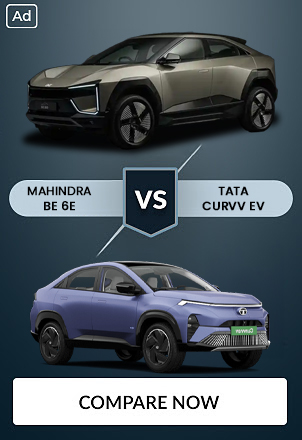


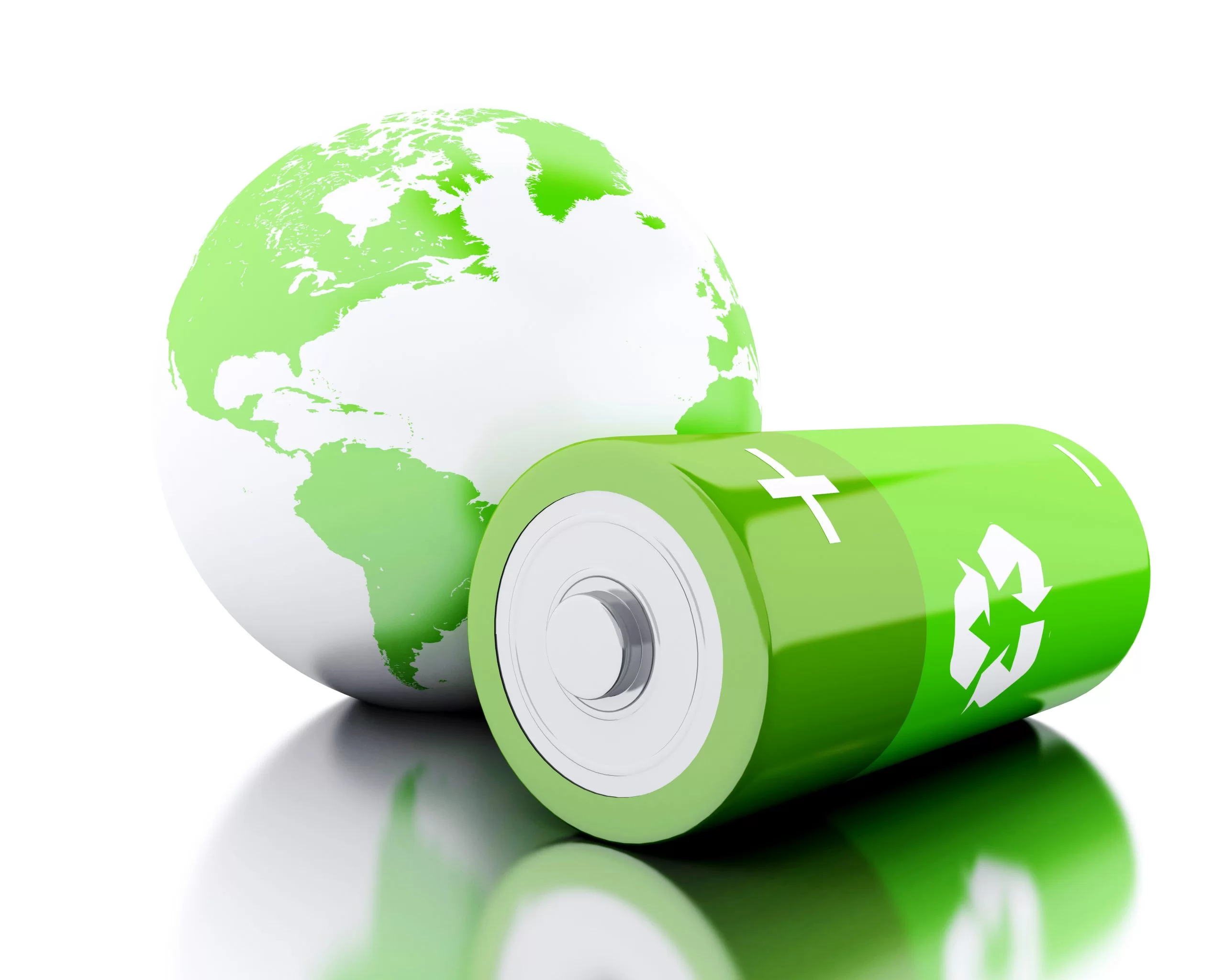


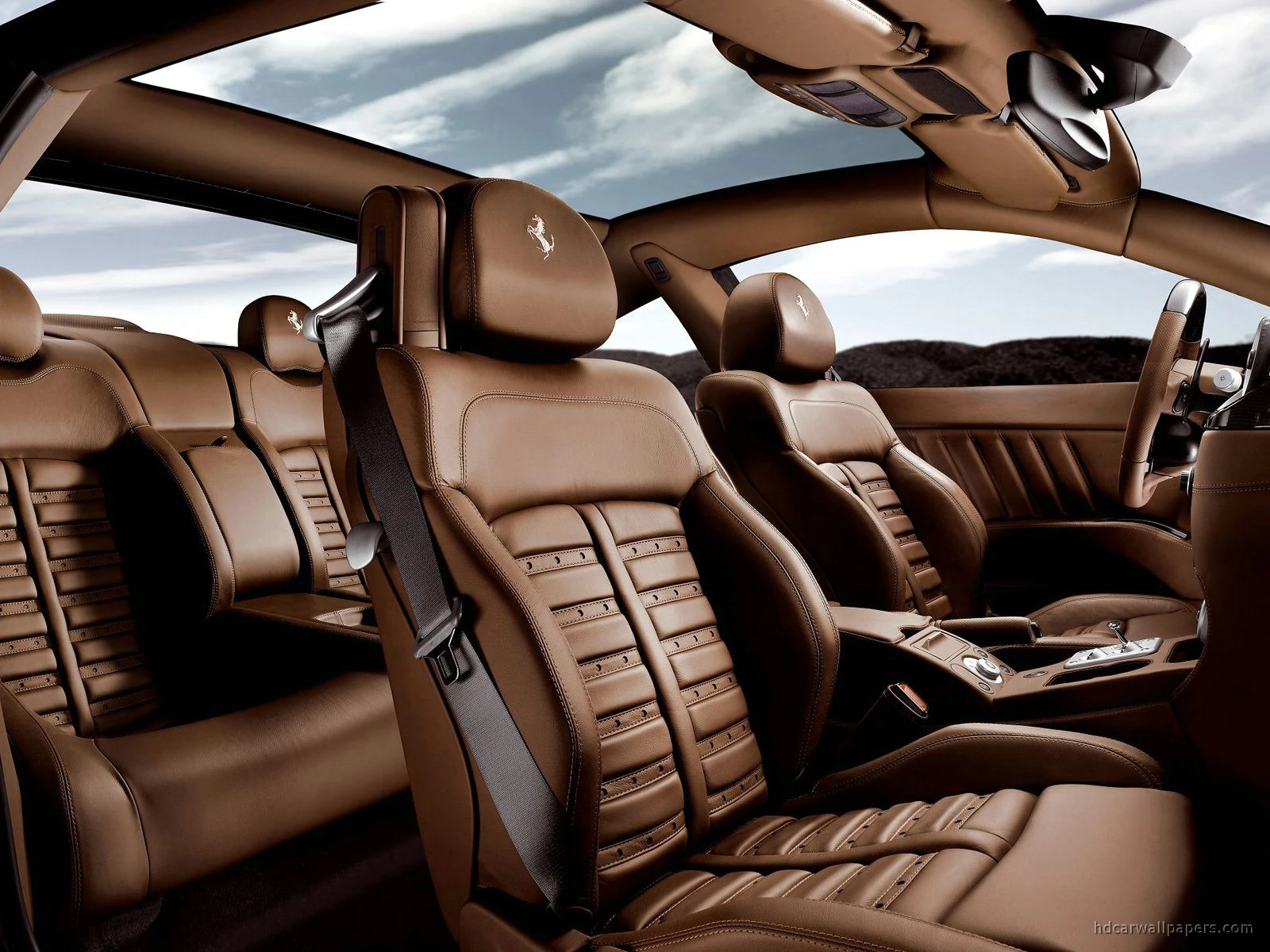
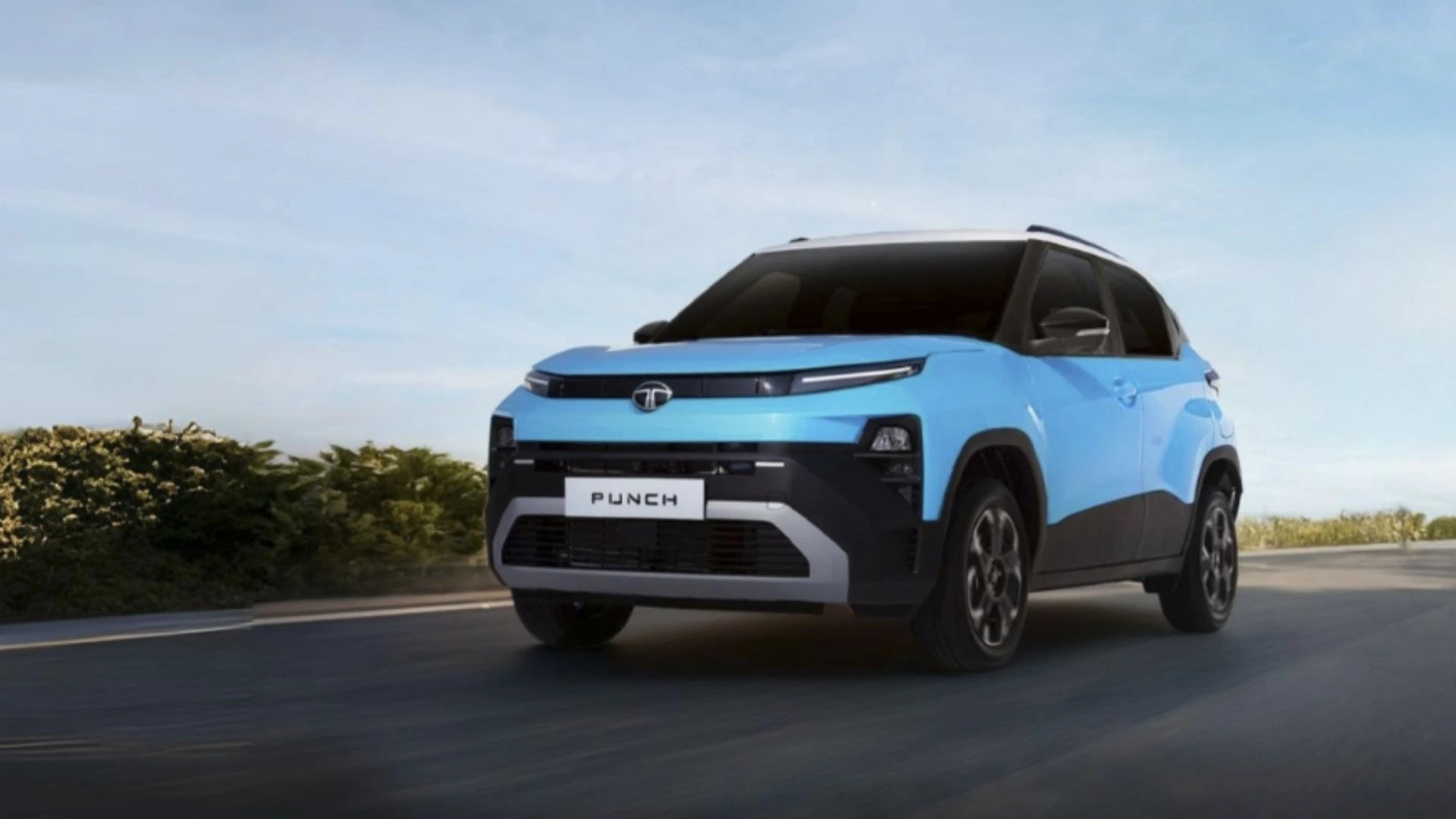

_1768296399.webp)
_1768294435.webp)